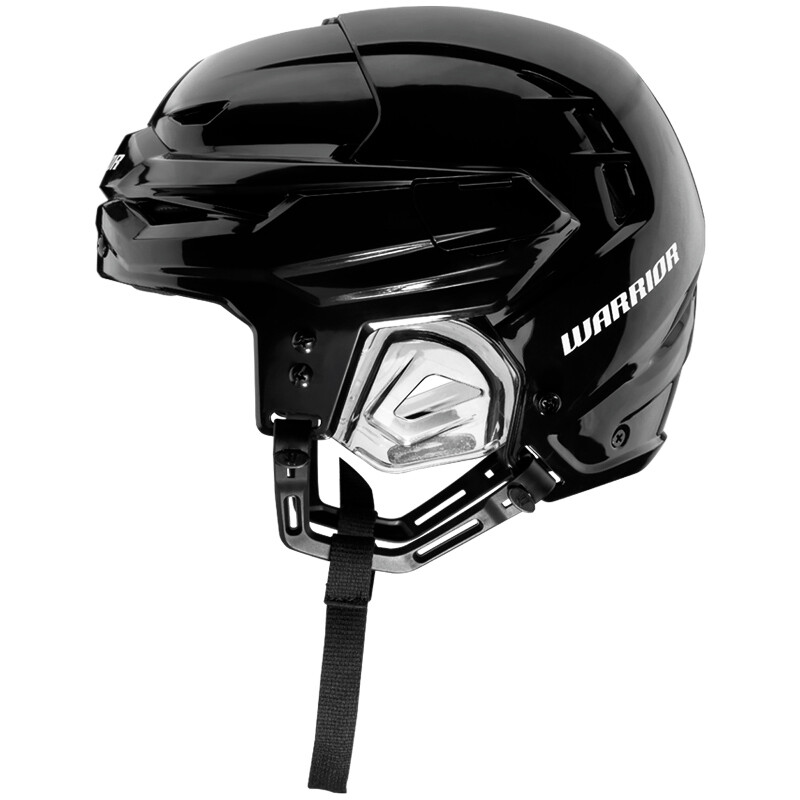

Some of the treasures dated back to the Byzantine Empire, while some had travelled to Suffolk from the East, such as some jewellery set with Sri Lankan garnets. The most-precious find of all was a sculpted full-face helmet, leading archologists to conclude the site was the final resting place of a 7th-century royal, probably Raedwald, a king of East Anglia. The team pulled a haul of 263 ornate treasures from the earth in the Suffolk field. When the spectacular artefacts began to emerge from the mud, Mr Brown was removed from the dig as the experts took over, and was instead consigned to removing wheelbarrows of dirt from the site.Ī new team of archeologists was brought in by Phillips, including Stuart Piggott and his young wife Peggy. And as he dug, he found what was once the boat’s treasure chamber, hidden under a large iron ring. He was also concerned, with Britain on the brink of war, that the dig would not be completed and the precious history would not be preserved before war broke out.īut Mrs Pretty fought Mr Brown’s corner and he continued the excavation in the face of protest. He argued Mr Brown’s lack of training was not suitable for the significance of the find. Over three months he excavated a 1,300-year-old ship, helped by the estate’s gamekeeper and gardener, employed by Mrs Pretty for £1.50 per day.Įxperts from The British Museum intervened as news of the find got out, and Anglo-Saxon archaeological expert Charles Phillips tried to dismiss Mr Brown from the dig. Unable to ignore her interest any longer, she reached out to the museum in the nearby Suffolk town of Ipswich in 1937, who sent excavation assistant Basil Brown. In 1939, as tensions were rising in Europe and Britain was on the brink of the Second World War, Edith Pretty became increasingly fascinated with the large grass-covered mounds in the grounds of her home.


 0 kommentar(er)
0 kommentar(er)
